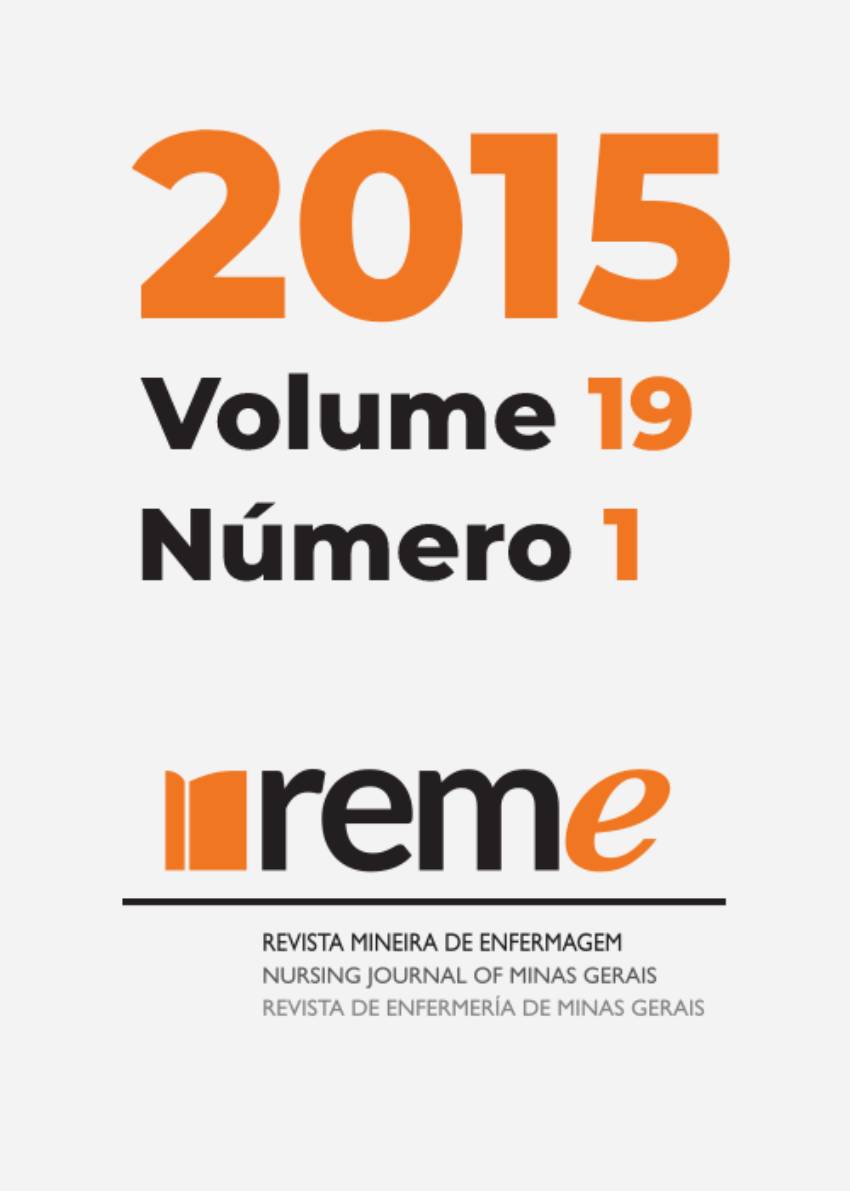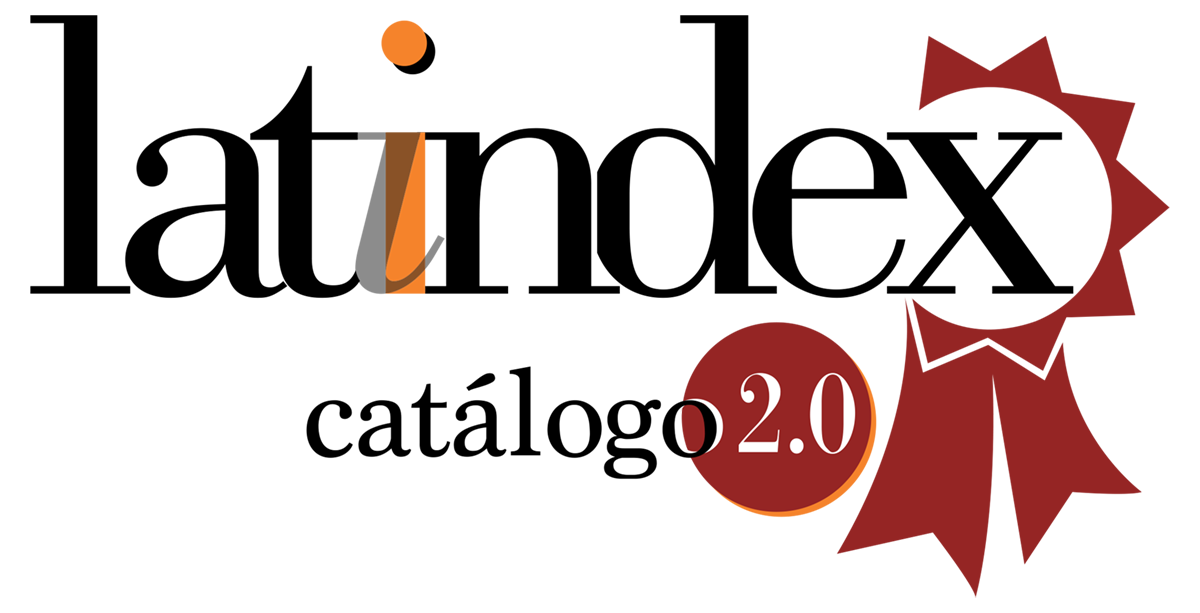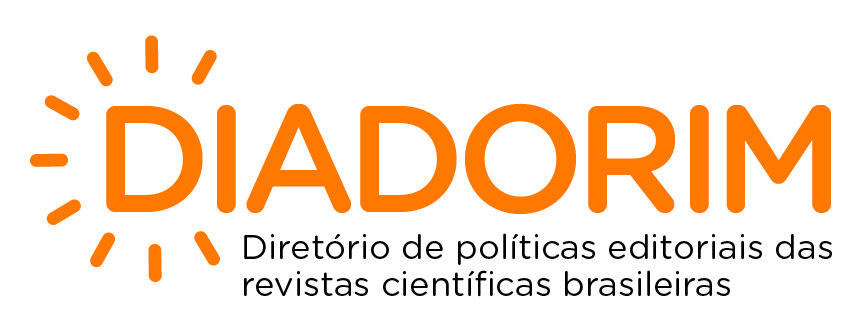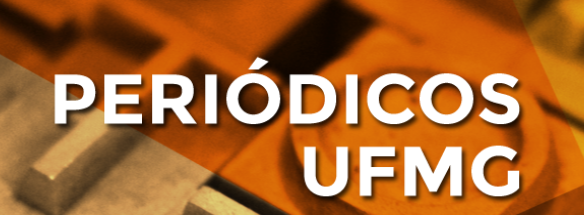Alternative therapeutic methods for disability management in chronic low back pain
DOI:
https://doi.org/10.5935/1415-2762.20150016Keywords:
Low Back Pain, Therapeutics, Complementary Therapies, Pain ManagementAbstract
Low back pain is rarely treated only with drug interventions due to the complex relationship among the components that cause this condition. Alternative therapeutic methods are options to be considered for an appropriate management of this type of pain. This study aimed to identify the effectiveness of alternative approaches to disability in people with chronic low back pain and describe what tools are being used to assess this disability. This is an integrative literature review, which consulted PubMed, the Cochrane Library, and The BIREME data, in which the articles published between 2007 and 2012 were selected. Original publications were included in English, Portuguese, and Spanish, using the descriptors of low back pain, disability, treatment, and chronic. The review sample consisted of 34 items from the 1,284 found. The selected articles were classified according to their approach in five categories: physical therapy, multidisciplinary approach, aerobic exercise, the association of treatments, and other treatments. In most studies, the instruments used to assess disability were validated and the most commonly used were the Roland Morris Disability Questionnaire and the Oswestry Disability Questionnaire. Alternative therapeutic methods identified in this review, in general, positively reflect on the improvement of disability related to chronic low back pain, including the most commonly studied methods using a physical therapy approach, followed by the methods using a multidisciplinary approach. The data generated by the survey will help to define protocols for the proper management of Chronic Low Back Pain.Downloads
References
1. Ruhe A, Fejer R, Walker B. Center of pressure excursion as a measure of balance performance in patients with non-specific low back pain compared to healthy controls: a systematic review of the literature. Eur Spine J. 2011 Mar;20(3):358-68.
2. Salvetti MG, Pimenta CAM, Braga PE, Correa CF. Incapacidade relacionada à dor lombar crônica: prevalência e fatores associados. Rev Esc Enferm USP. 2012;46(n.esp):16-23.
3. Kreling D, Cruz DA, Pimenta CAM. Prevalência de dor crônica em adultos. Rev Bras Enferm. 2006; 59(4):20-6.
4. World Health Organization. International classification of impairments, disabilities and handcaps: a manual of classification relating to the consequences of disease. Geneva: WHO; 1993.
5. Guclu DG, Guclu O, Ozaner A, Senormanci O, Konkan R. The relationship between disability, quality of life and fear-avoidance beliefs in patients with chronic low back pain. Turk Neurosurg. 2012; 22(6):724-31.
6. Broome ME. Integrative literature reviews for the development of concepts. In: Rodgers BL, Knafl KA, editors. Concept development in nursing: foundations, techniques and applications. Philadelphia: W.B Saunders; 2000. p.231-50.
7. Whittemore R, Knafl K. The integrative review: updated methodology. J Adv Nurs. 2005; 52(5):546-53.
8. Melnik BM, Fineout-Overbolt E. Making the case for evidence-based practice in nursing & healthcare. A guide to best practice. Philadelphia: Lippincot Williams & Wilkins; 2005. p.3-24.
9. Cousins MJ, Brennan F, Carr DB. Pain relief: a universal human right. Pain. 2004; 112(1-2):1 4. 10. Carvalho AR, Gregório FC, Engel GS. Descrição de uma intervenção cinesioterapêutica combinada sobre a capacidade funcional e o nível de incapacidade em portadoras de lombalgia inespecífica crônica. Arq Ciênc Saúde. 2009; 13(2):97-103.
11. Critchley DJ, Ratcliffe J, Noonan S, Jones RH, Hurley MV. Effectiveness and cost effectiveness of three types of physiotherapy used to reduce chronic low back pain disability: a pragmatic randomized trial with economic evaluation. Spine. 2007; 32(14): 1474-81.
12. Mannion AF, Helbling D, Pulkovski N, Sprott H. Spinal segmental stabilisation exercises for chronic low back pain: programme adherence and its influence on clinical outcome. Eur Spine J. 2009; 18(12):1881-91.
13. França FR, Burke TN, Hanada ES, Marques AP. Segmental stabilization and muscular strengthening in chronic low back pain: a comparative study. Clinics. 2010; 65(10):1013-7.
14. Petersen T, Larsen K, Jacobsen S. One-year follow-up comparison of the effectiveness of McKenzie treatment and strengthening training for patients with chronic low back pain: outcome and prognostic factors. Spine. 2007; 32(26):2948-56.
15. Gatti R, Faccendini S, Tettamanti A, Barbero M, Balestri A, Calori G. Efficacy of trunk balance exercises for individuals with chronic low back pain: a randomized clinical trial. J Orthop Sports Phys Ther. 2011; 41(8):542-52.
16. Norris P, Matthewsb M. The role of an integrated back stability program in patients with chronic low back pain. Compl Ther Clin Pract. 2008; 14:255-63.
17. Rasmussen-Barr E, Äng B, Arvidsson I, Nilsson-Wikmar L. Graded exercise for recurrent low back pain: a randomized, controlled trial with 6-, 12-, and 36-month follow-ups. Spine. 2009; 34(3):221-8.
18. Sertpoyraz F, Eyigor S, Karapolat H, Capaci K, Kirazli Y. Comparison of isokinetic exercise versus standard exercise training in patients with chronic low back pain: a randomized controlled study. Clin Rehabil. 2009; 23:238-47.
19. Shirado O, Doi T, Akai M, Hoshino Y, Fujino K, Hayashi K, Iwaya T. Multicenter randomized controlled trial to evaluate the effect of homebased exercise on patients with chronic low back pain: the Japan low back pain exercise therapy study. Spine. 2010; 35(17):E811-E819.
20. Poulain C, Kernéis S, Rozenberg S, Fautrel B, Bourgeois P, Foltz V. Longterm return to work after a functional restoration program for chronic low-back pain patients: a prospective study. Eur Spine J. 2010; 19(7):1153- 61.
21. Gagnon S, Lensel-Corbeil G, Duquesnoy B. Multicenter multidisciplinary training program for chronic low back pain: French experience of the Renodos back pain network (Réseau Nord Pas-de-Calais du DOS). Ann Phys Rehabil Med. 2009; 52(1):3-16.
22. Gaskell L, Enright S, Tyson S. The effects of a back rehabilitation programme for patients with chronic low back pain. J Eval Clin Pract. 2007; 13(5):795-800.
23. Luk KDK, Wan TWM, Wong YW, Cheung KMC, Chan KYK, Cheng ACS, ET al. A multidisciplinary rehabilitation programme for patients with chronic low back pain: a prospective study. J Orthop Surg. 2010; 18(2):131-8.
24. Henchoz Y, Goumoëns P, Norberg M, Paillex R, So AK. Role of physical exercise in low back pain rehabilitation: a randomized controlled Trial of a three-month exercise program in patients who have completed multidisciplinary rehabilitation. Spine. 2010; 35(12):1192-9.
25. Little P, Lewith G, Webley F, Evans M, Beattie A, Middleton K, et al. Randomised controlled trial of Alexander technique lessons, exercise, and massage (ATEAM) for chronic and recurrent back pain. Br J Sports Med. 2008; 42:965-8.
26. Al-Obaidi SM, Al-Sayegh NA, Ben Nakhi H, Al-Mandeel M. Evaluation of the McKenzie intervention for chronic low back pain by using selected physical and bio-behavioral outcome measures. PM&R. 2011; 3:637-46.
27. Andrade SC, Araújo AG, Vilar MJ. Escola de coluna para pacientes com lombalgia crônica inespecífica: benefícios da associação de exercícios e educação ao paciente. Acta Reumatol Port. 2008; 33:443-50.
28. Cuesta-Vargas AI, García-Romero JC, Arroyo-Morales M, Diego-Acosta ÁM, Daly DJ. Exercise, manual therapy, and education with or without high-intensity deep-water running for nonspecific chronic low back pain: a pragmatic randomized controlled trial. Am J Phys Med Rehabil. 2011; 90(7):526-38.
29. Chan CW, Mok NW, Yeung EW. Aerobic exercise training in addition to conventional physiotherapy for chronic low back pain: a randomized controlled trial. Arch Phys Med Rehabil. 2011; 92(10):1681-5.
30. Djavid GE, Mehrdad R, Ghasemi M, Hasan-Zadeh H, Sotoodeh-Manesh A, Pouryaghoub G. In chronic low back pain, low level laser therapy combined with exercise is more beneficial than exercise alone in the long term: a randomised trial. Aust J Physiother. 2007; 53(3):155-60.
31. Sahin N, Albayrak I, Durmus B, Ugurlu H. Effectiveness of back school for treatment of pain and functional disability in patients with chronic low back pain: a randomized controlled trial. J Rehabil Med. 2011; 43(3): 224-9.
32. Hartvigsen J, Morso L, Bendix T, Manniche C. Supervised and nonsupervised Nordic walking in the treatment of chronic low back pain: a single blind randomized clinical trial. BMC Musculoskelet Disord. 2010; 11:30.
33. Chatzitheodorou D, Kabitsis C, Malliou P, Mougios V. A pilot study of the effects of high intensity aerobic exercise versus passive interventions on pain, disability, psychological strain, and serum cortisol concentrations in people with chronic low back pain. Phys Ther. 2007; 87(3):304-12.
34. Chatzitheodorou D, Mavromoustakos S, Milioti S. The effect of exercise on adrenocortical responsiveness of patients with chronic low back pain, controlled for psychological strain. Clin Rehabil. 2008; 22(4):319-28.
35. Murtezani A, Hundozi H, Orovcanec N, Sllamniku S, Osmani T. A comparison of high intensity aerobic exercise and passive modalities for the treatment of workers with chronic low back pain: a randomized, controlled trial. Eur J Phys Rehabil Med. 2011; 47(3):359-66.
36. Durmus D, Durmaz Y, Canturk F. Effects of therapeutic ultrasound and electrical stimulation program on pain, trunk muscle strength, disability, walking performance, quality of life, and depression in patients with low back pain: a randomized-controlled trial. Rheumatol Int. 2010; 30(7):901-10.
37. Dundar U, Solak O, Yigit I, Evcik D, Kavuncu V. Clinical effectiveness of aquatic exercise to treat chronic low back pain: a randomized controlled trial. Spine. 2009; 34(14):1436-40.
38. Pozo-Cruz BD, Hernandez Mocholi MA, Adsuar JC, Parraca JA, Muro I, Gusi N. Effects of whole body vibration therapy on main outcome measures for chronic non-specific low back pain: a single-blind randomized controlled trial. J Rehabil Med. 2011; 43(8):689-94.
39. Cherkin DC, Sherman KJ, Kahn J, Wellman R, Cook AJ, Johnson E, et al. A comparison of the effects of 2 types of massage and usual care on chronic low back pain a randomized, controlled trial. Ann Intern Med. 2011; 155(1):1-9.
40. Ay S, Doğan SK, Evcik D. Is low-level laser therapy effective in acute or chronic low back pain? Clin Rheumatol. 2010; 29(8):905-10.
41. Cox H, Tilbrook H, Aplin J, Semlyen A, Torgerson D, Trewhela A, et al. A randomised controlled trial of yoga for the treatment of chronic low back pain: results of a pilot study. Compl Ther Clin Pract. 2010; 16(4):187-93.
42. Williams K, Abildso C, Steinberg L, Doyle E, Epstein B, Smith D, et al. Evaluation of the effectiveness and efficacy of iyengar yoga therapy on chronic low back pain. Spine. 2009; 34(19):2066-76.
43. Evans DD, Carter M, Panico R, Kimble L, Morlock JT, Spears MJ. Characteristics and predictors of short-term outcomes in individuals selfselecting yoga or physical therapy for treatment of chronic low back pain. PM&R. 2010; 2(11):1006-15.
Downloads
Additional Files
Published
Issue
Section
License
Copyright (c) 2015 Reme: Revista Mineira de Enfermagem

This work is licensed under a Creative Commons Attribution 4.0 International License.





































